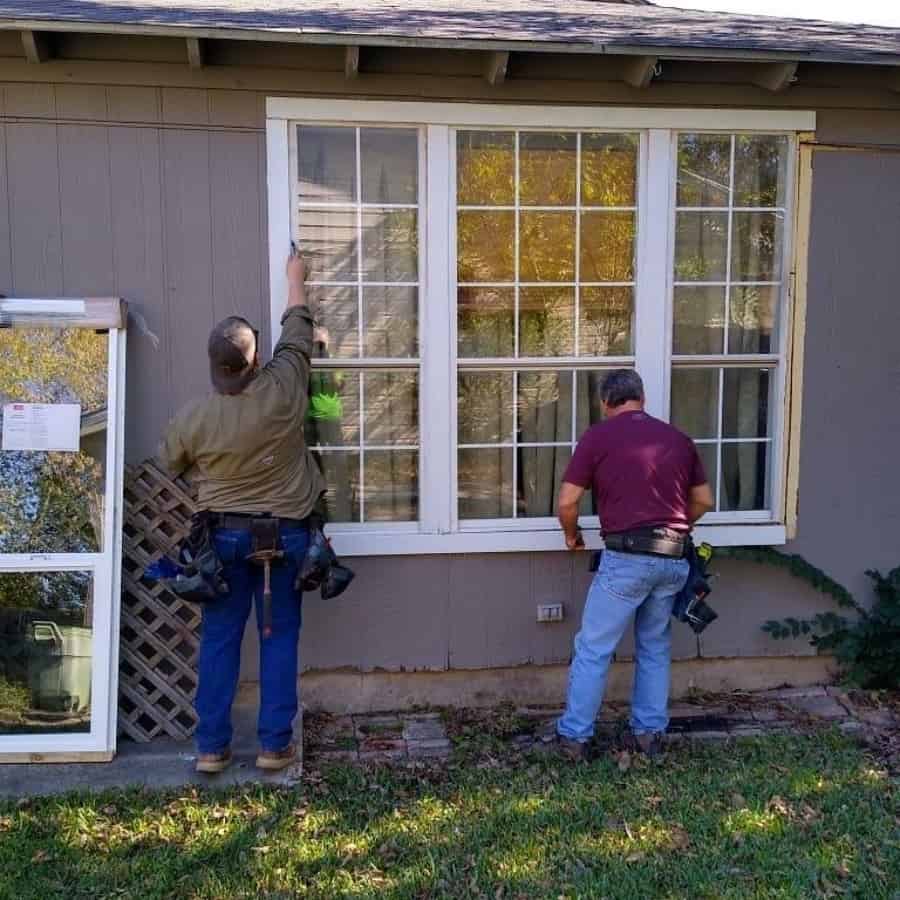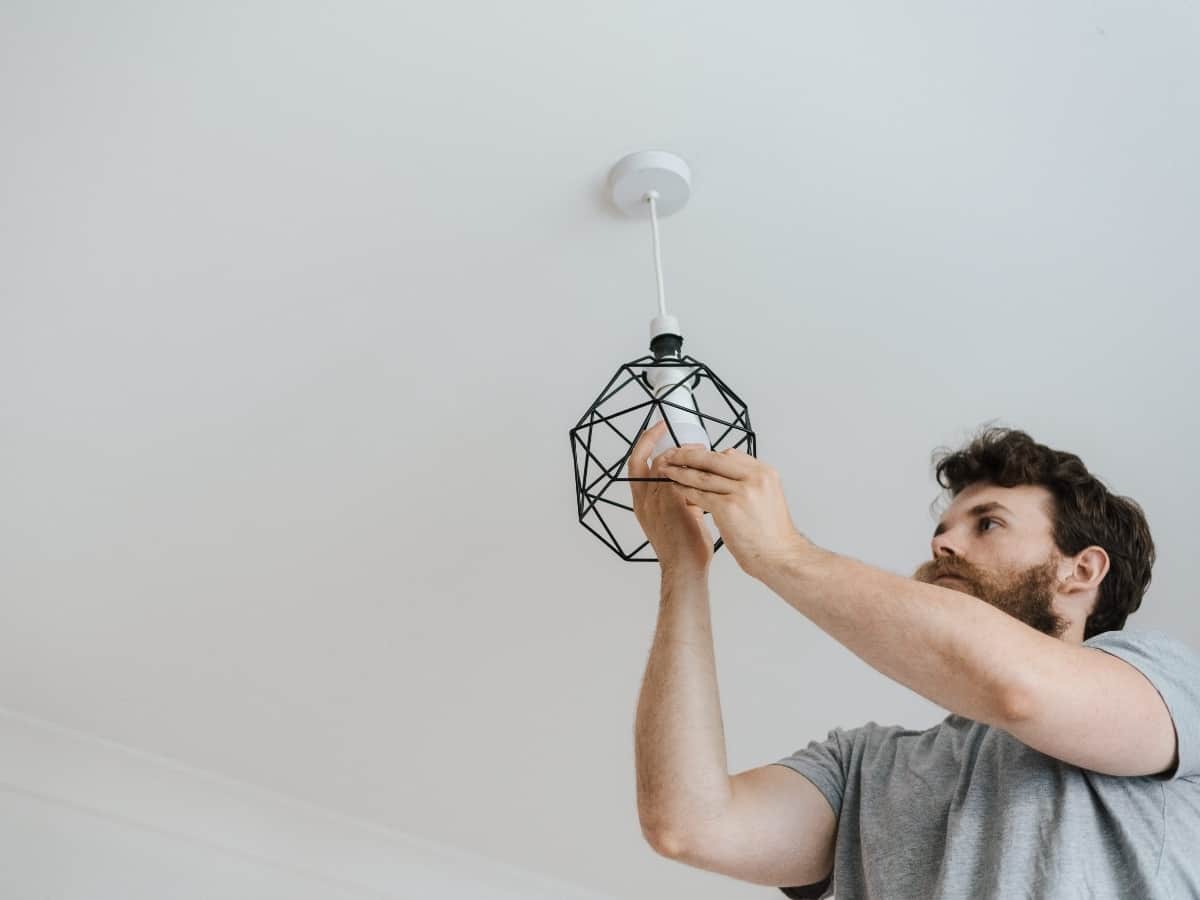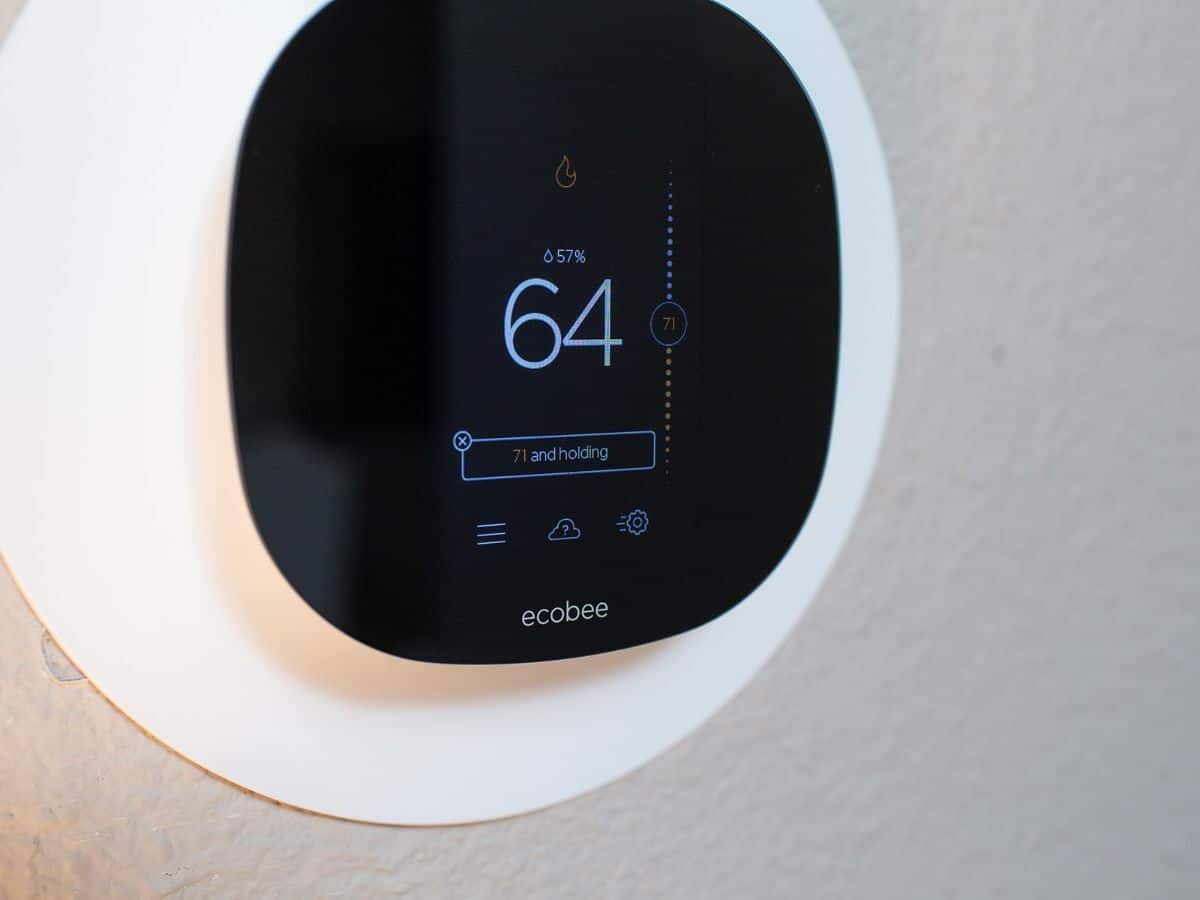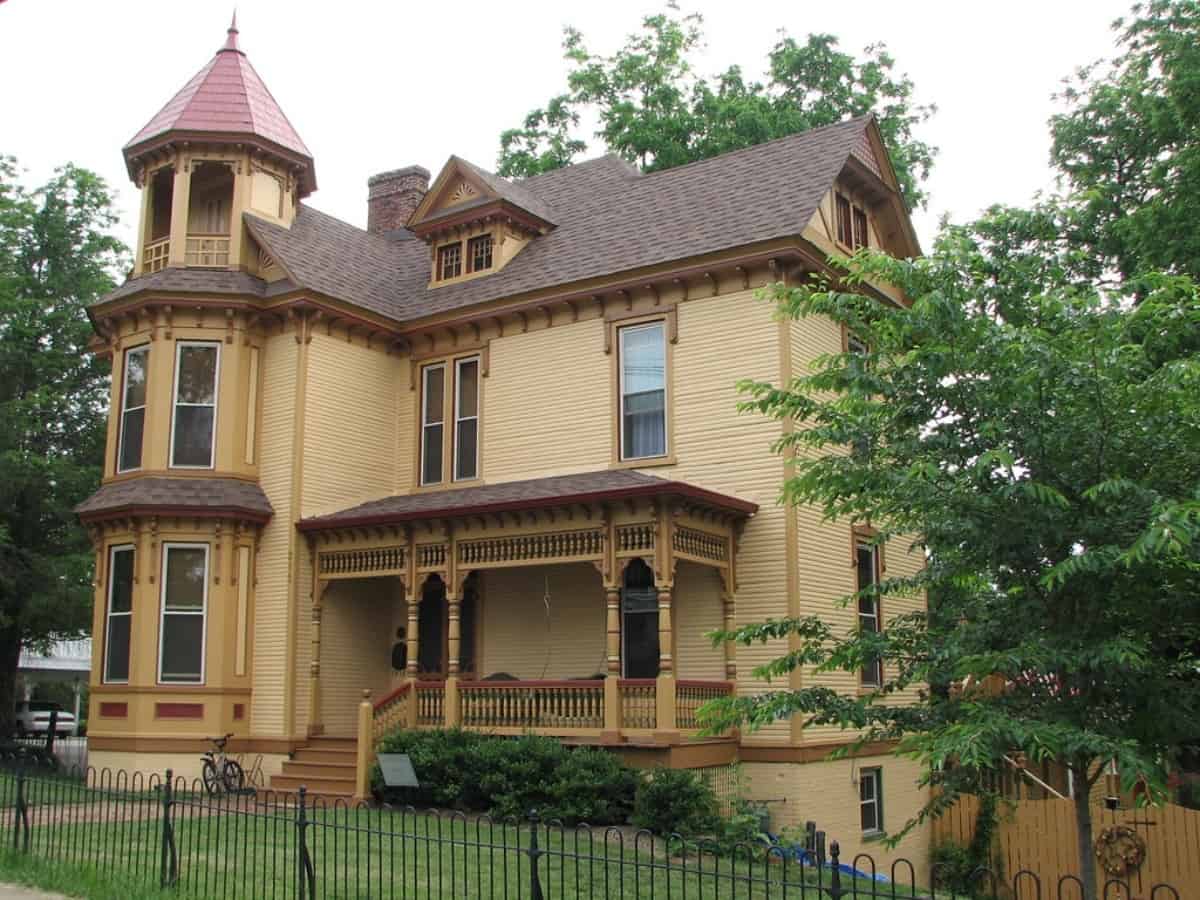There’s something so special about living in an older home. There’s a certain charm about the squeaky floorboards and architectural details that just aren’t common anymore. But, with an older home can come the concern over energy conservation. Now that we’re headed into the warmer months, finding new tips and tricks for energy conservation is as important as ever.
That’s why we’re here! Whether you’re looking to buy an older home and want to know what you’re getting into, or if you already live in an older home, knowledge is power! So, grab a notebook and jot down these great ideas for keeping your older home charming, authentic, but with a new, green touch.
Why Buy an Older Home?
There are so many great reasons to purchase an older home in lieu of a newer home. An older home is classified as one built before 1970, due to using concrete instead of modern materials. One of the top reasons to purchase an older home is because they are listed cheaper than brand new homes. On average, a new construction can sell between 10% to 20% higher than an older and updated home. New construction brings an allure of everything being new, but an older home has their own individual charms and characteristics that make them equally as nice.
Did you know that older homes have a better quality for construction? It’s true. These homes were built to last, made from wood from old-growth trees that are resistant to rot and warping. The walls were also made with plaster, forgoing the new traditional route of drywall and construction. These materials provide better insulation and sound barriers between rooms.
Location, location, location. This is the number one thing that most buyers are looking for. Older homes are in a more established area, and generally were built in areas that have thrived, have communities, and walkability.
We can’t emphasize the charm and character of old homes enough. If you’re lucky enough to find a home with original wood flooring, crown molding or built-ins, you’ve hit the jackpot. These characteristics can’t be recreated or matched, there’s something so special about the personality of homes.

Tips For Energy Conservation In an Older Home
Keeping your home utility bills down is important for everyone. Nobody wants to overspend on utilities, regardless of having an older or a newer home. However, there are different tips and tricks you can integrate into your home to help you with energy conservation and saving a few bucks.
Tip #1: Get an Energy Audit
To make the most out of your energy conservation changes, you should look into getting an energy audit. An energy audit is an inspection and analysis of how energy flows in your home. This happens through a process or system to reduce the amount of energy put into a system, without negatively affecting the output of the system. Energy audits are a great first step in identifying different opportunities you can take to reduce your energy expenses. There are power companies that offer free energy audits, because of how important and educational it can be. There are also professional companies that charge for energy audits, making them more comprehensive. Their main goal is to find the areas within your home that can be improved for energy efficiency. They’ll look to see how well your home is sealed, (see tip #3), and identify problem areas. Think of this like a blueprint of your home and finding the best solutions for conservation.

Tip #2: Replace Old Windows
Having an older home means that you could have older windows. Unfortunately, older windows are not energy efficient. These windows can feel drafty. Drafty windows feel like there is a wind draft coming between the outdoors and the indoors. This happens when the original glazing putty on the window frame has grown fragile and brittle because of long wear. This longevity leaves glass windows rattling in place, bringing in excess noise and outdoor air. Another reason for drafty windows has to do with what type of window it is. Windows made from vinyl and aluminum can have worn out gaskets and weather stripping, which leaves you with the same result of leaking wind.
Think about it, if you’re pumping air conditioning in a hot Texas summer, you’re not going to want warm air sneaking into your household! Having that outdoor air come into your home means that your air conditioning and heating unit are working overtime to compensate for the drafty windows. This leads to bigger heating and cooling bills and a larger energy loss.
What Types of Windows Are There?
That’s where new windows come into play. The two forms of windows that work best for keeping the outdoor elements out are double pane windows and Energy Star Windows.
Double pane: double pane windows allow better protection for outside elements. Double pane windows come with two layers of glass between inside and outside. This gives your home better insulation and protection. However, if you’re really trying to keep your home green, you could install Energy Star windows. These meet or exceed the energy code requirements and can save you money, and help the environment. According to Energy Star, users can save between $101 and $583 annually when switching from a single pane window to an Energy Star window. For the environment, it saves between 1,006 and 6,205 pounds of Carbon Dioxide (CO2) annually, which is equivalent to saving 51 to 317 gallons of gasoline annually. Switching from double paned to Energy Star windows helps users save $27 to $197 annually. It also saves 246 to 2,001 pounds of CO2, equivalent to 13 to 102 gallons yearly.
Tip #3: Seal and Insulate Your Home Properly
Some older homes might not be sealed properly, due to the house not constructed to accommodate heating or air conditioning. Therefore, having a complete seal would have been pretty much impossible. The better a house is sealed, the more energy you’re saving. Modern technology has helped homeowners with older homes seal their houses more efficiently, leading to bigger savings with energy conservation. Here are some common areas that need to be sealed properly:
- Air ducts
- Doors
- Windows
- Attics
- Pipe inlets
- Foundation
- Walls
- Garage
When it comes to insulation, older homes aren’t up to date with the same options as newer homes are. Generally speaking, older homes didn’t have the resources to insulate homes like they can now. So, by adding insulation, you’re modernizing your home to create optimal energy efficiency. One of the best spots to insulate are walls. Many older homes have minimal insulation, while others have no insulation at all. Another great spot to insulate is the attic. This could help you in both the winter and the summer, and make your utility bills lower.
Another tip is to close your blinds and use curtains to bring in more heat from the sun, causing your AC to work harder to keep the area cool.

Tip #4: Switch Your Old Light Bulbs for Newer, Energy Efficient Light Bulbs
Instead of using old lightbulbs, switch them out for newer and energy conserving light bulbs. A simple switch like this can pay off big time. An average household uses about 5% of the energy towards lighting. Making the quick swap of your most used lights (think your living room and kitchen lights) to Energy Star lights can help you save at least $45 annually. There are a few different options when it comes to what light bulbs are available. Here are the most common and popular choices:
- Halogen incandescent
- Compact fluorescent lamps (CFL)
- Light-emitting diode (LED)
While the upfront cost might be more expensive than a non-energy efficient bulb, they last longer and require less energy use. So the upfront cost is more, but given the life span and saving money on utility bills, it saves you money in the end.
There are other ways to conserve energy with lights, including user timers to keep lights off when they are not being used or in necessity. These are perfect for outdoor lights, keeping a timer in relation to sunset and sunrise.

Energy Conservation Tip #5: Smart Home Integrations
A great way to maintain your older home but add a modern touch is to include a smart thermostat. A smart thermostat does the following:
- Connects with WiFi
- Work with an app or online
- Compatible with third party sources, such as Amazon Alexa or Google Home.
- Knows when you are home based on motion detection.
- Adjusts to a schedule to know the averages of when you’re at home and when you’re gone.
- Know the weather to make adjustments to conserve energy
- Support geofencing to get an idea of your location through your cell phone location to turn on and off
Having the smart home integration like a smart thermostat saves you money, through adjusting to a schedule and only being powered when someone is home. Most come with motion detectors and have an “away” mode when it doesn’t register any activity. This way, your home is not pumping out heating or AC to an empty house.
Let ONIT Keep Your Home Secure and Smart
Having a reliable company like ONIT Home means that you’re protected from every angle. Whether it is through home security or home insurance, we’re ONIT. For more information about how ONIT can help secure your home and add energy conservation equipment, visit us online or give us a call today at 1-833-433-0331.
ONIT Home is your one-stop shop for all your bundled home needs. We’re currently offering $1,500 in vouchers to be used with security, water and solar. You can also get a free water filtration system and security system with the purchase of a solar panel system, or a $2,000 security system for only $1,000. That way, you can protect your family from contaminated water and protect them with a safe home.



